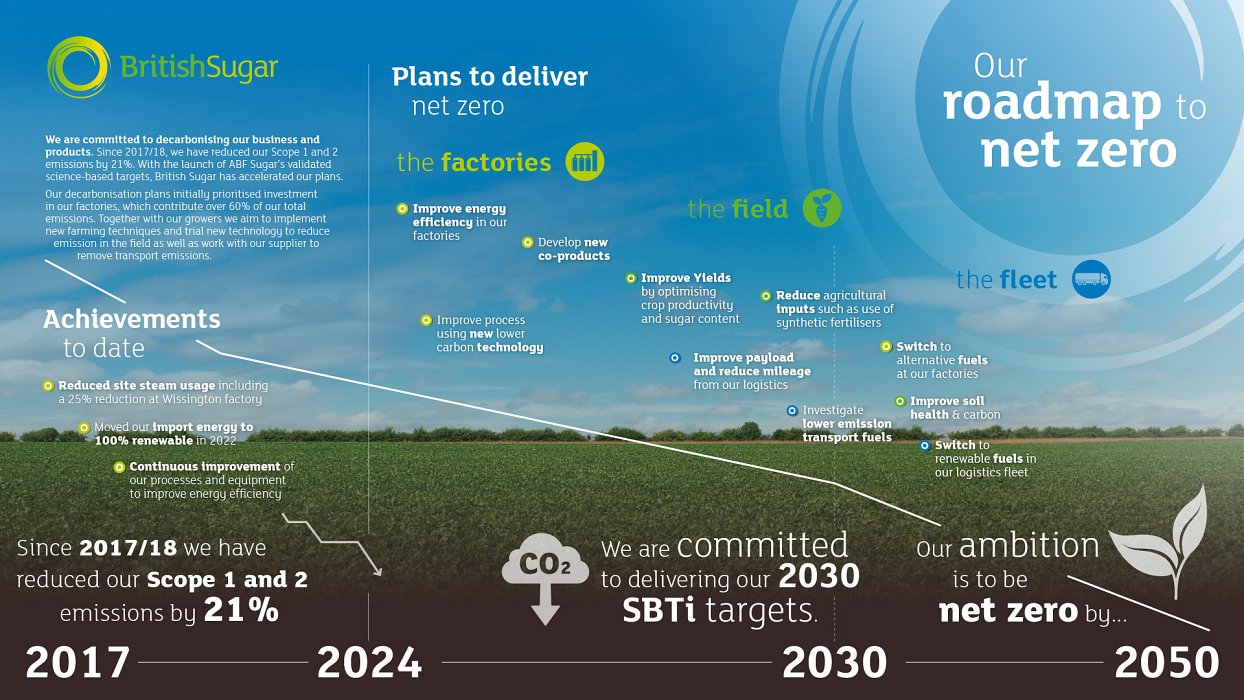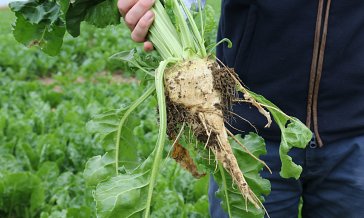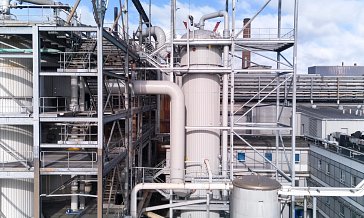Building a sustainable homegrown sugar industry
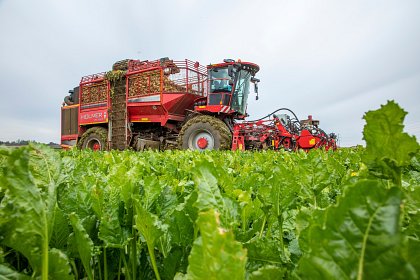
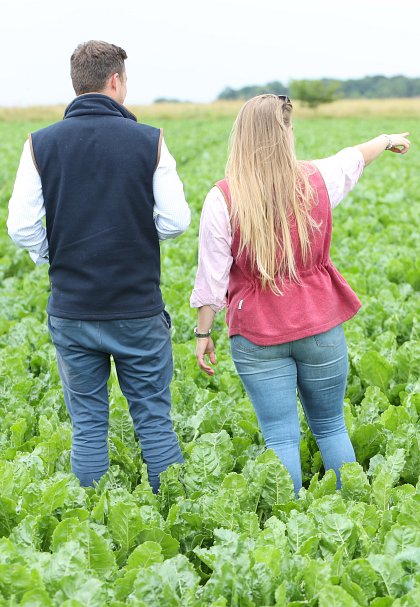

At British Sugar, we have a long and proud history in the world of food and agriculture. For over 110 years, we have helped cultivate sustainable agriculture and rural economies within the sugar supply chain.
We want to be around for the next 100 years, so ensuring we continue to build a sustainable future for our industry, our communities, and our people is paramount.
We believe our impact can be most powerful by focussing on the areas that matter most to our business and stakeholders.
Our approach to sustainability...
At the heart of our approach is the ambition to ensure a sustainable future, for our business, for our communities and for the planet.
To deliver this in our day-to-day operations, we have four focus areas which guide our actions every year. Take a look and explore what we're up to.
Our journey so far...
Innovation runs through the DNA of British Sugar, and it's no different when we talk about sustainability. We have made huge strides over many decades to reduce our impact on the environment and the world around us.
In 2018 we set our 2030 commitments alongside ABF Sugar, and since our baseline year of 2017/18, we have reduced our direct (scope 1 and 2) emissions by 21%, our energy usage by 8%, and our water usage by 11%; all whilst investing heavily in our factories and increasing sugar yields.
As part of ABF Sugar, we are committed to contributing towards the achievement of their near-term decarbonisation targets for 2030 and net-zero targets for 2050 which have now been validated by the Science Based Targets initiative (SBTi).
Accreditations
In 2024, we’re proud to have earned a Silver Medal for our sustainability performance with EcoVadis, the global leader in business sustainability ratings. This rating places us in the top 15% of companies surveyed.
Many of our products have also been measured and certified by the Carbon Trust.

Where we are heading...
Our ambition is to be net zero by 2050.
We know it won't be easy, but we are confident in our plans and our people's ability to deliver. We have identifed several key components across our supply chain, from our factories to the fields to our fleet, that need to adapt and transform to allow us to achieve this ambition.
Our roadmap details a selection of these areas where we will focus our efforts over the coming decades.
